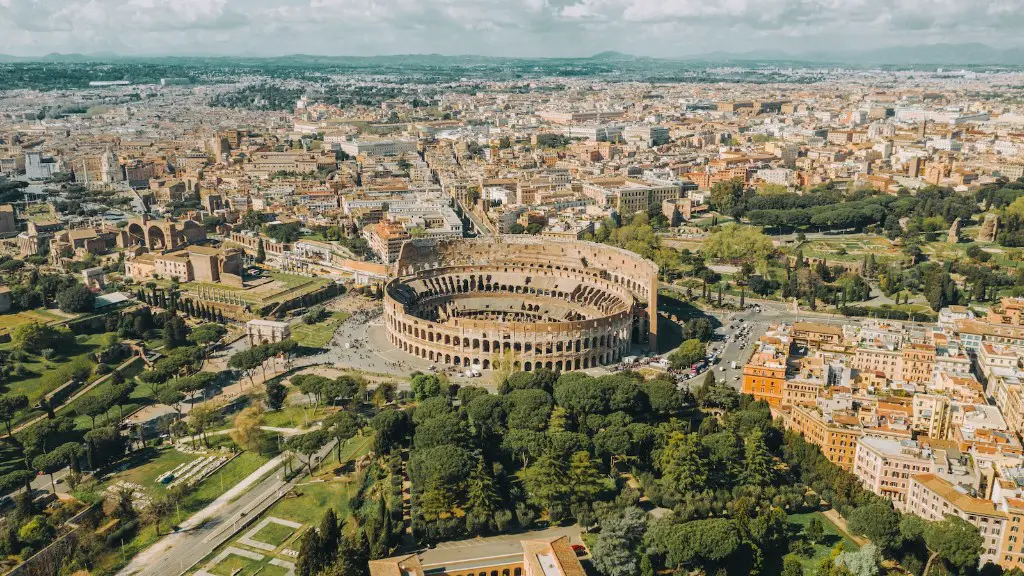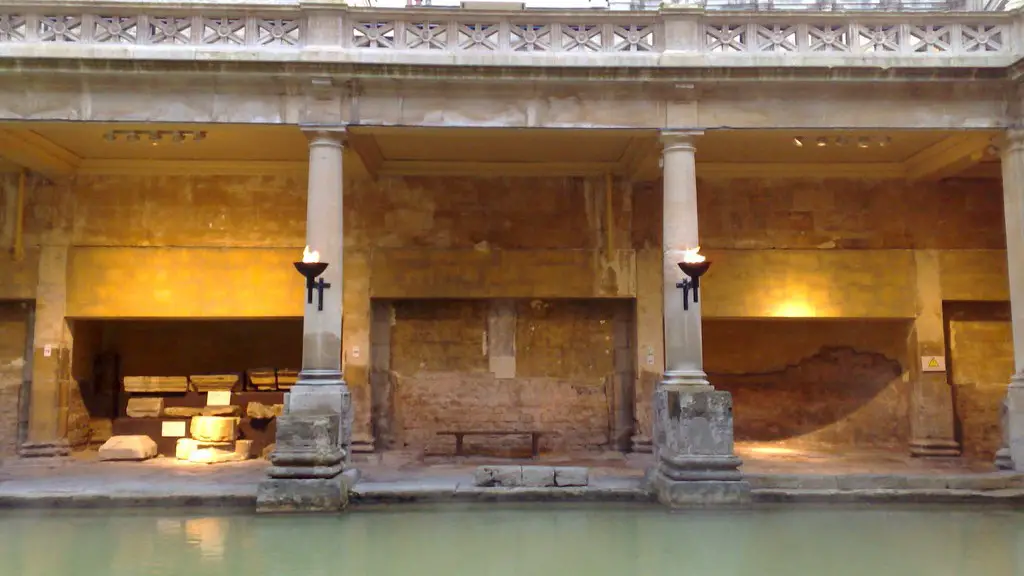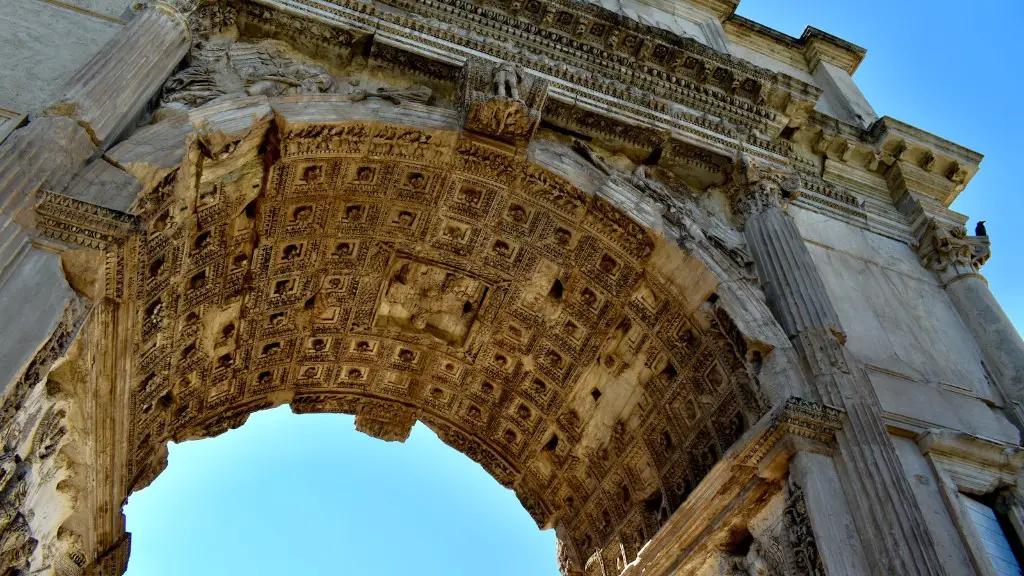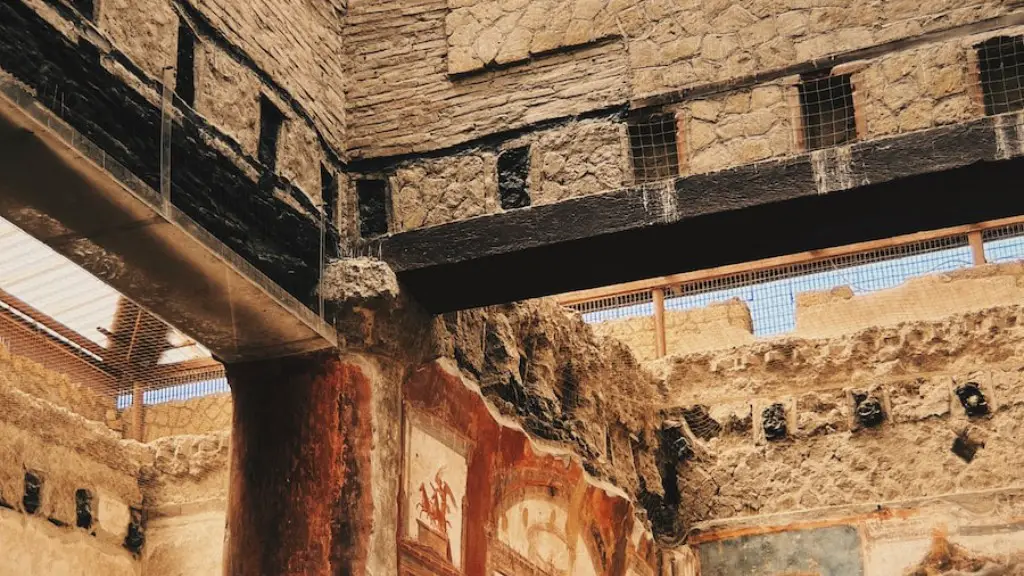Historical Context
The fall of Ancient Rome began in an era that lasted from the mid-third century to the mid-seventh century AD. During this time, the Roman Empire faced many challenges from within and from without that ultimately laid the groundwork for its decline. These included the barbarian invasions, political turmoil, economic instability, military defeats, imperial overstretch, administrative ineptitude, and natural disasters.
Arguably, the greatest contributing factor to the fall of Ancient Rome was its inability to manage its vast territories effectively. The system of provinces, dioceses, and city-states stretched far beyond the resources available to govern them. By the 3rd century AD, the Roman Empire had grown to its greatest size, reflecting an impressive network of roads, spheres of influence, and consulships that allowed Roman rulers to extend their rule to far-flung re-gions.
In addition to its geographic spread, the Roman Empire suffered from an economic crisis as its population increased, tax revenue dwindled, and currency devalued. This crisis introduced a period of financial difficulties, political corruption, and profound civil unrest that had severe long-term impacts on Rome. It was at this time, in the mid-third century AD, when the Roman Empire began to splinter, leaving it vulnerable to attack from external forces.
Barbarian Invasions
The invasions of “barbarians” – that is, tribal groups from beyond the boundaries of the Roman Empire – pose another significant contributing factor to Rome’s downfall. In the 4th century AD, a number of these groups, including the Goths, Huns, and Vandals, made their way into Roman territory. Some came as refugees seeking protection from their own kingdoms, while others sought to gain control of Roman resources and military might.
The Barbarian invasions weakened Rome’s military infrastructure and confined government administration to a small area in the south, leading to increased instability and Roman power vacuums. This allowed some of the invaders to establish their own kingdoms and gain control of powerful cities. The Barbarian conquest of Rome in 410 AD was one of the most significant events that brought the Roman Empire to an end.
Political Turmoil
The political turmoil that occurred within Ancient Rome also had a major effect on its decline. As the Roman Republic grew in power, elites often took advantage of their positions in order to further their own interests and gain increased wealth. This corrupt system led to a break down of the traditional Roman values such as hard work and unity, resulting in widespread political unrest.
In addition, there was a lack of qualified leaders who were capable of maintaining a stable government due to the fragmented nature of Rome. This created a chaotic environment causing citizens to distrust the political system, leading to low morale and further divisions within the empire.
Economic Instability
The economic instability that the Roman Empire experienced was another major cause for its downfall. The government’s inability to pay its military and civil servants created financial difficulties for both citizens and the government itself. As a result, taxes became increasingly burdensome and decreased public confidence in the imperial system.
The devaluation of Roman currency and the loss of public confidence further weakened the empire’s economy. Rome’s reliance on agriculture and the production of luxury goods meant that the economy often suffered when external forces or natural disasters disrupted the system. This could lead to widespread famine and social unrest, further destabilizing the government.
Military Defeats
The Roman Empire suffered a number of military defeats during its decline, including the failed campaigns against the Sassanid Empire and the loss of major strongholds to the Goths. These defeats were not only costly in terms of resources, but they also led to a loss of public morale and confidence. The Roman military was weakened by these defeats, leaving the empire vulnerable to attack by external forces.
Despite their attempts to rebuild their military, the Roman Empire was ultimately unable to recover from these defeats, leading to their eventual demise. The continual losses of territory and military defeats further weakened the empire, leading to its eventual collapse.
Administrative Ineptitude
The administrative ineptitude of the Roman government was another major contributing factor to the fall of the Roman Empire. Rome’s government structure became increasingly overwhelmed by the bureaucracy necessary to manage such a vast empire. This led to an inefficient system that was unable to effectively address the challenges of a constantly growing population.
The government’s inability to effectively manage the empire’s resources meant that Rome was unable to deal with the challenges of external forces and slower economic growth. This failure caused widespread dissatisfaction among its citizens, further destabilizing the empire.
Natural Disasters
Natural disasters also played an important role in the demise of Ancient Rome. As the population grew, an increasing number of crops were needed to sustain it. Natural disasters such as floods, droughts, and volcanic eruptions destroyed large areas of farmland, reducing the empire’s ability to meet the needs of its citizens.
These disasters caused food shortages, leading to widespread famine and poverty. The famine and poverty further weakened the empire, creating an ideal opportunity for external forces to invade and take control.
Imperial Overstretch
Imperial overstretch was also an issue that plagued the Roman Empire. The military campaigns of the late Republic and early Empire left Rome stretched thin, as it was unable to manage its far-reaching territories effectively. This led to a lack of resources, which further weakened Rome and left it vulnerable to attack.
The imperial overstretch also led to a loss of morale among the Roman people, as they felt that their rulers were unable to protect them from external forces. This lack of confidence made it easier for the Barbarians to take control of Rome, leading to its ultimate demise.
Conclusion
Overall, the fall of Ancient Rome was caused by a combination of internal and external factors. These included the Barbarian invasions, political turmoil, economic instability, military defeats, imperial overstretch, administrative ineptitude, and natural disasters. All of these events interacted in an unpredictable manner and led to the ultimate collapse of the Roman Empire.




